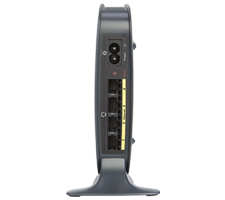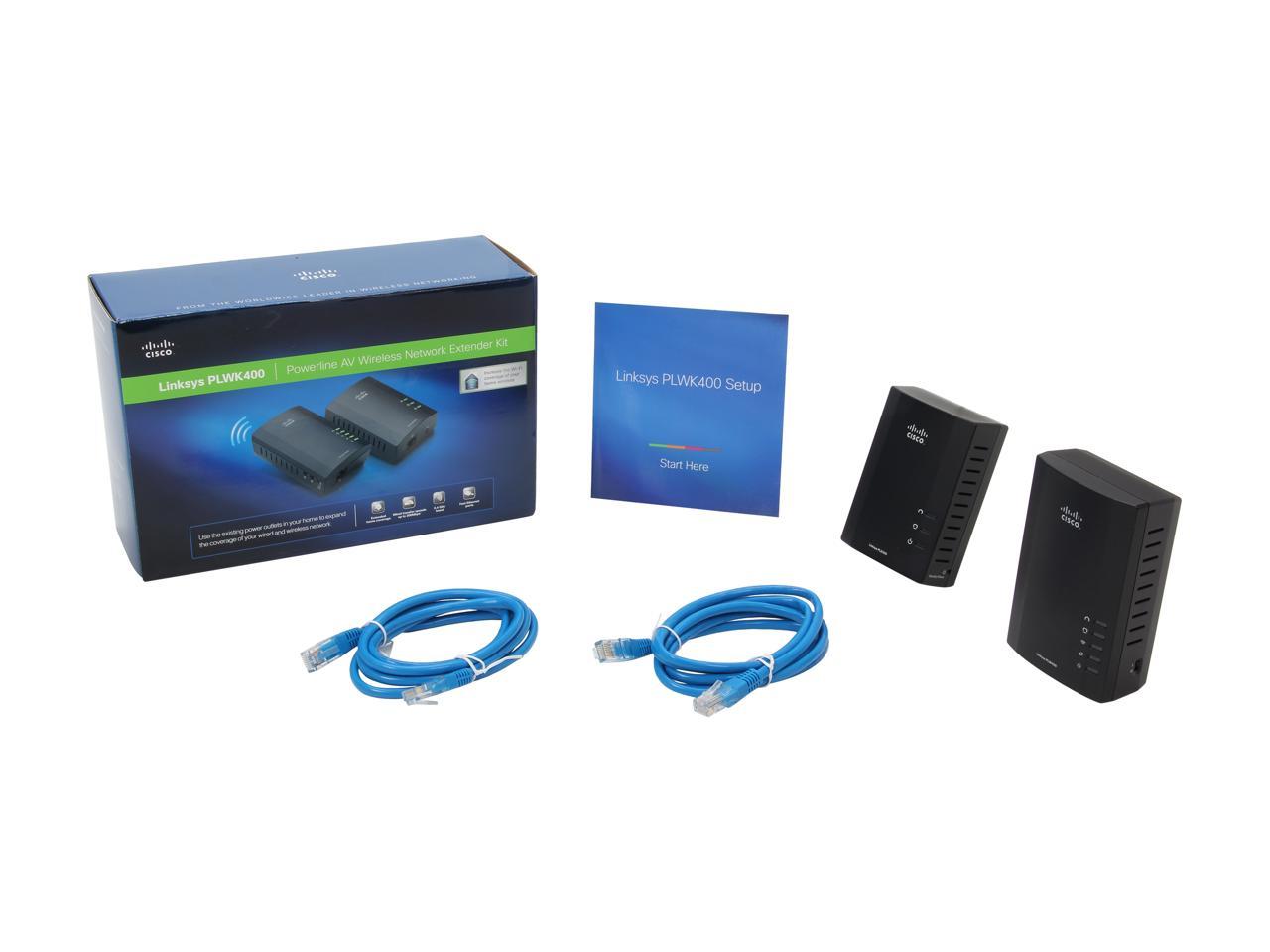
While we are always fans of having a single standard, we have to deal with the split for now. That being said, both of Linksys’ primary competitors, DLink and Netgear, are behind the Universal Powerline Alliance. Of the two, the HomePlug group seems to have the most support with companies like Linksys, Cisco, Comcast, Intel, LG and ASUS on the roster. One of them is HomePlug Powerline Alliance and the other is dubbed the Universal Powerline Alliance. In today’s market there are two primary consortiums of companies that have competing standards for powerline networking. While the first in-home iterations of the powerline technology were limited to a few hundred kilobits per second we now have companies like Linksys talking about speeds of 200 Mbps.


Powerline networking technology has progressed quite a bit from its infancy to what we see on store shelves today. Higher frequencies allow for more bandwidth but the range on that signal is much smaller and thus this type of technology makes more sense for in-home networking. Lower frequencies traditionally can span longer distances and are used for Broadband over Powerlines (BPL) implementations but they tend to have slower speeds measured in single digit Mbps. Sending data over a powerline work by created a modulated carrier signal over existing copper wiring with different frequencies over signal used for different transmission characteristics. Anywhere you have power outlets you can get powerline networking to work, though with some slight variations in performance. If you have thicker walls, heavily insulated walls or concrete floors that Wi-Fi connections won’t stretch through then using existing electrical lines will be much easier than running Cat 5 throughout your home. If you have ever had to run standard Ethernet cable through your house, over floors and around door frames you can quickly see how this networking technology would be a welcome addition to your arsenal.Īnother reason you might want to look into powerline networking is that it doesn’t care how many walls you have to pass through which you cannot say about standard Wi-Fi networking. The idea behind powerline networking is simple: provide connectivity for PCs and other devices over pre-existing electrical powerlines. Originally thought to be the answer to connecting rural markets with broadband, powerline networking technology has faltered there and is instead finding a bigger audience with home users. You may never have heard about the many promises of powerline networking and how it applies to you and your future in computing.
:max_bytes(150000):strip_icc()/71Rczu0hwiL._AC_SL1500_-ccad059632214898b948f5a501917db5.jpg)
Is this struggling technology finally worth a look for your needs? Promise of Powerline Networking No New Wires Networking Powerline networking promised to bring you the speed and reliability of a hard wired network without having to run new wires throughout your entire home or business. Is this struggling technology finally worth a look for your needs?

Though speeds weren't the fastest, there is plenty of bandwidth for streaming films and accessing the internet throughout your home. Verdictįor a simple and easy-to-use way of getting a powerline network running in your house, the Linksys Powerline HomePlug AV2 Kit PLEK500 is a fine choice. In our tests we got network speeds of up to 107.28Mbps, which is a lot faster than the Netgear Powerline 500 WiFi Access Point, though a long way off what AV2 is capable of. On the adapter there are LEDs that let you know the status and health of the powerline network, which makes installation and configuration much easier.Ī button on the side of the adapter lets you add security to your powerline network, which is useful if you live in a flat that shares the same power lines as other apartments. Set up was very easy we were able to just plug in the two adapters and they located each other straight away.Įach adapter is small and easy to fit into a standard plug socket, and the kit comes with two Ethernet cables.


 0 kommentar(er)
0 kommentar(er)
